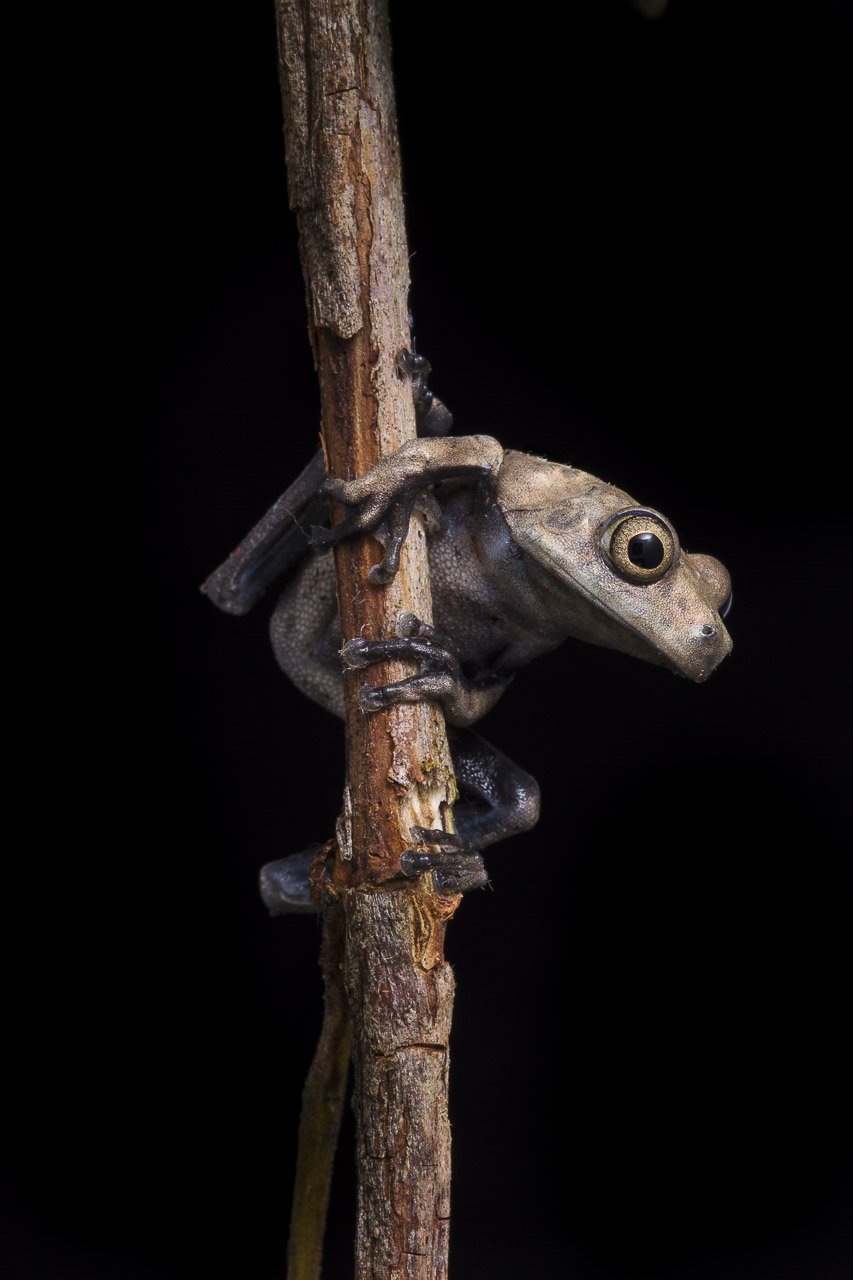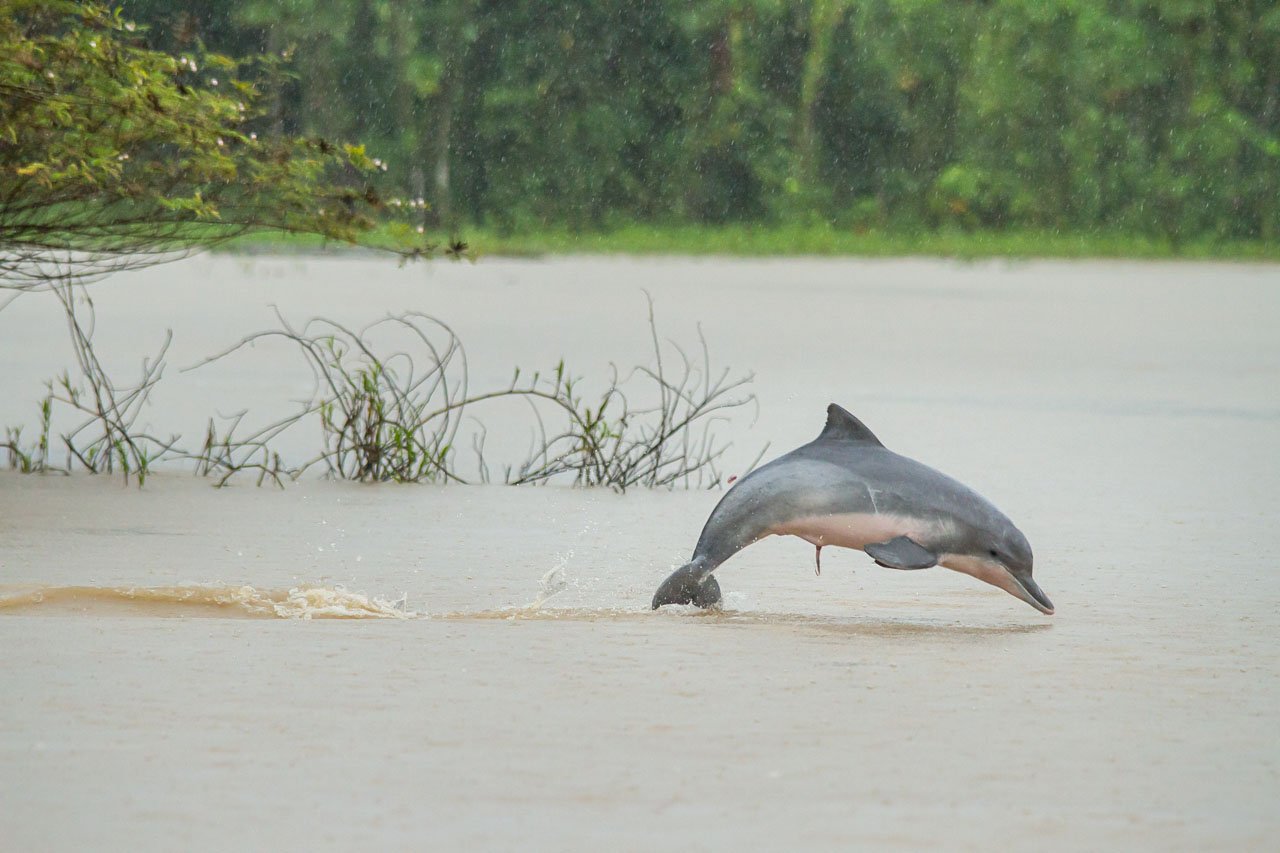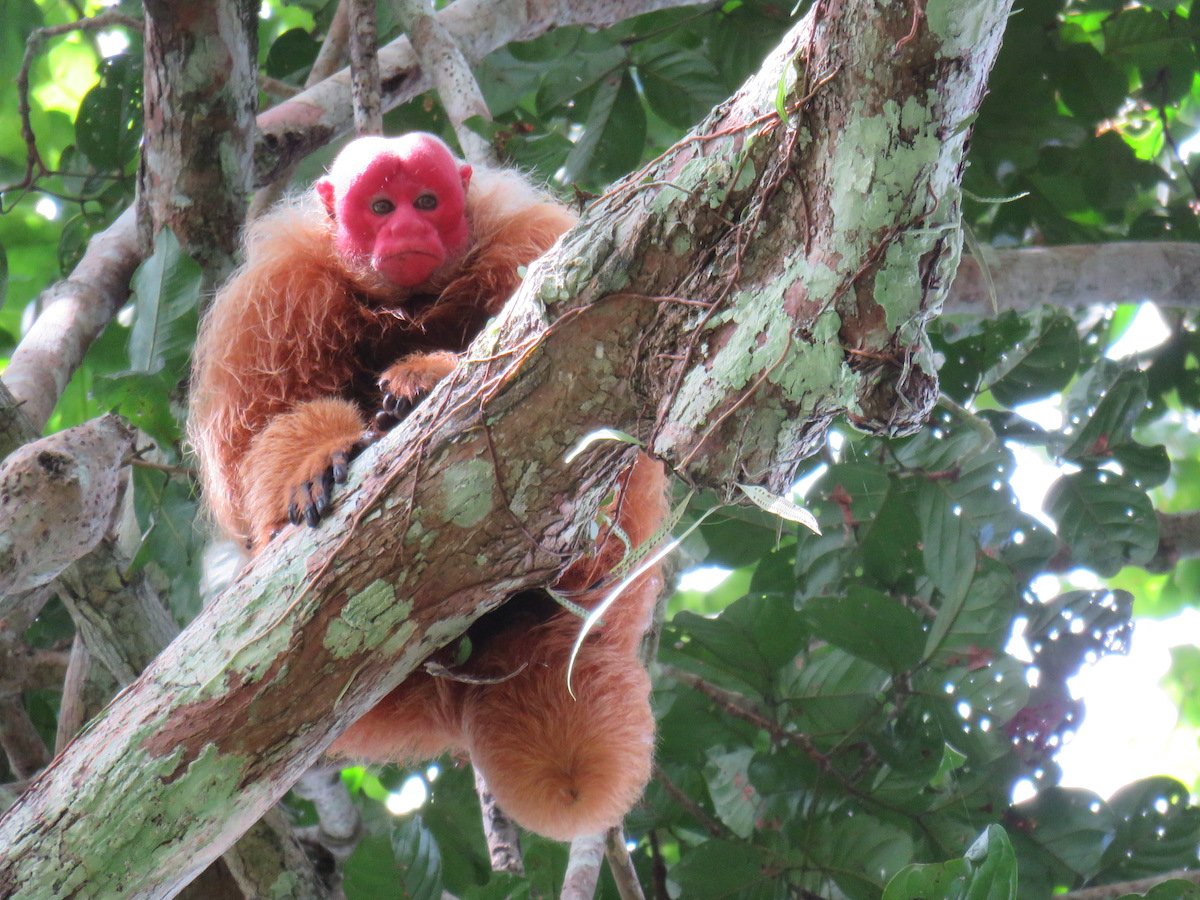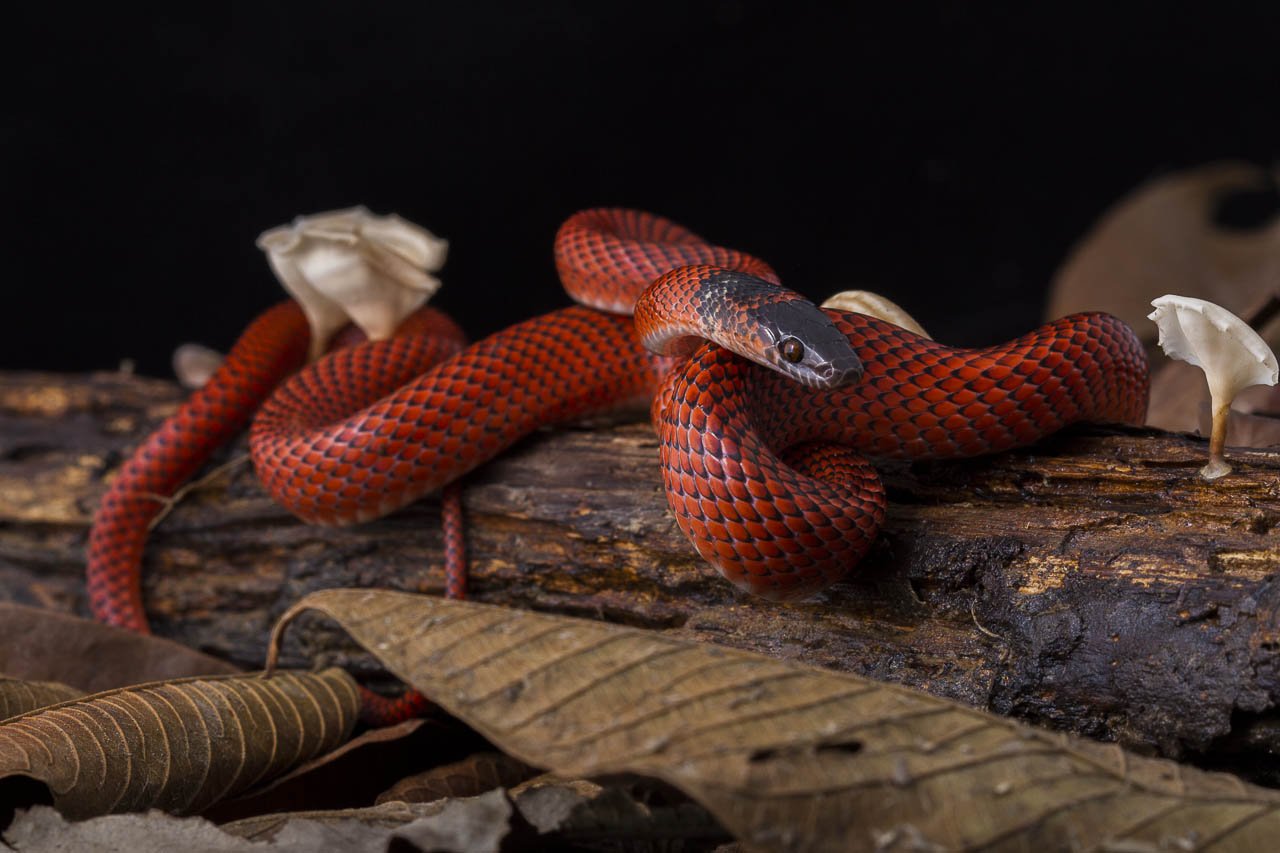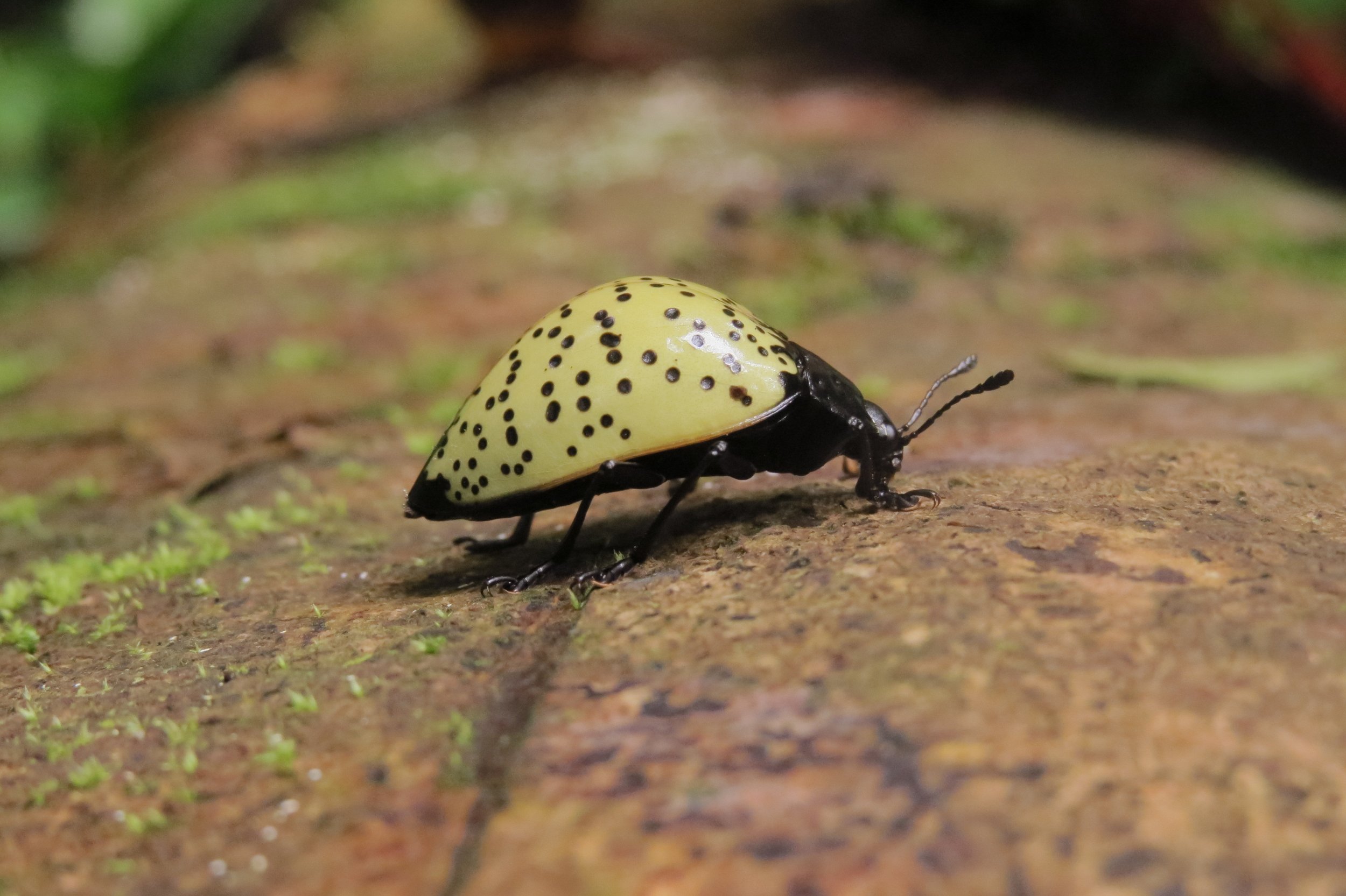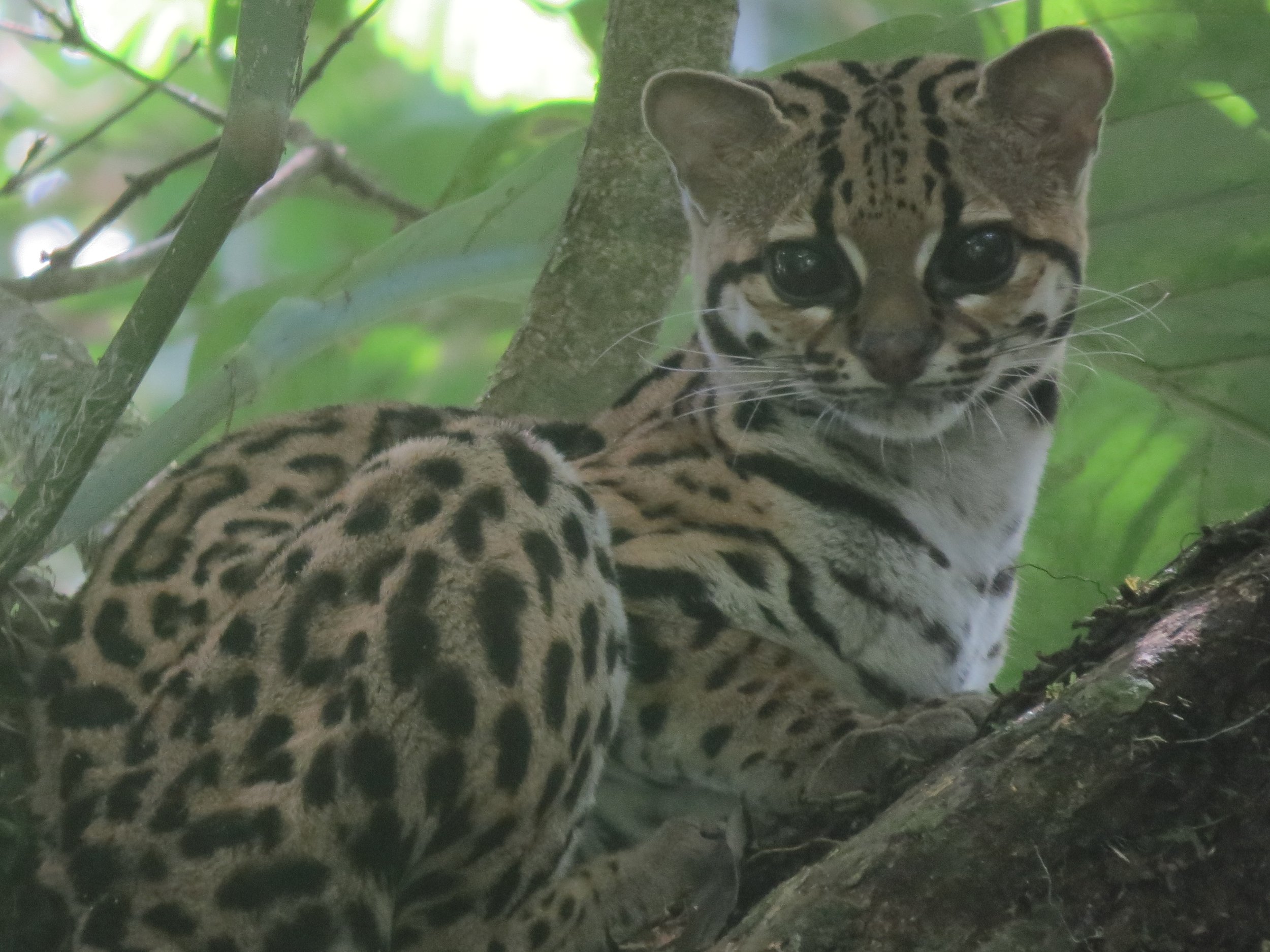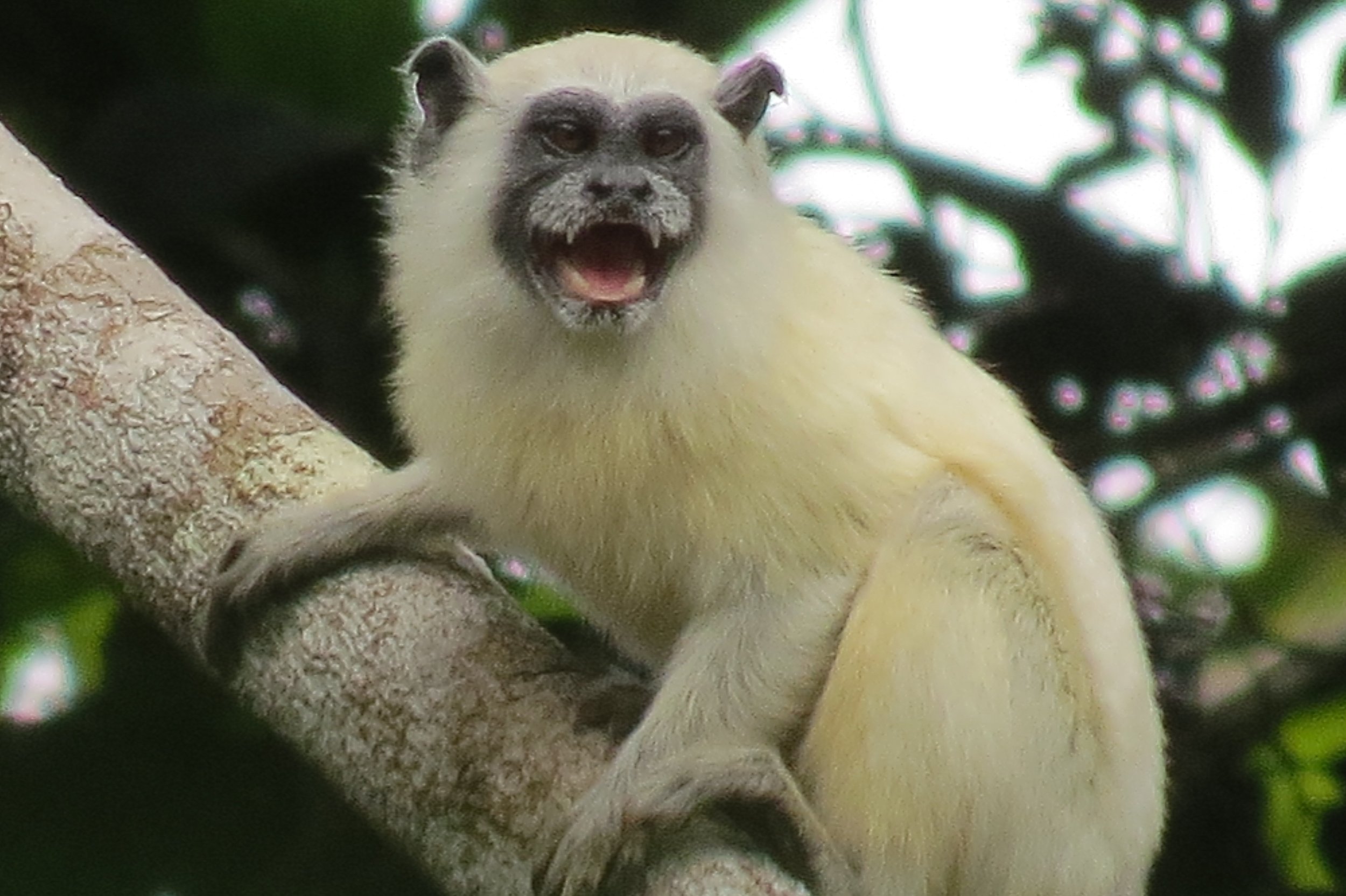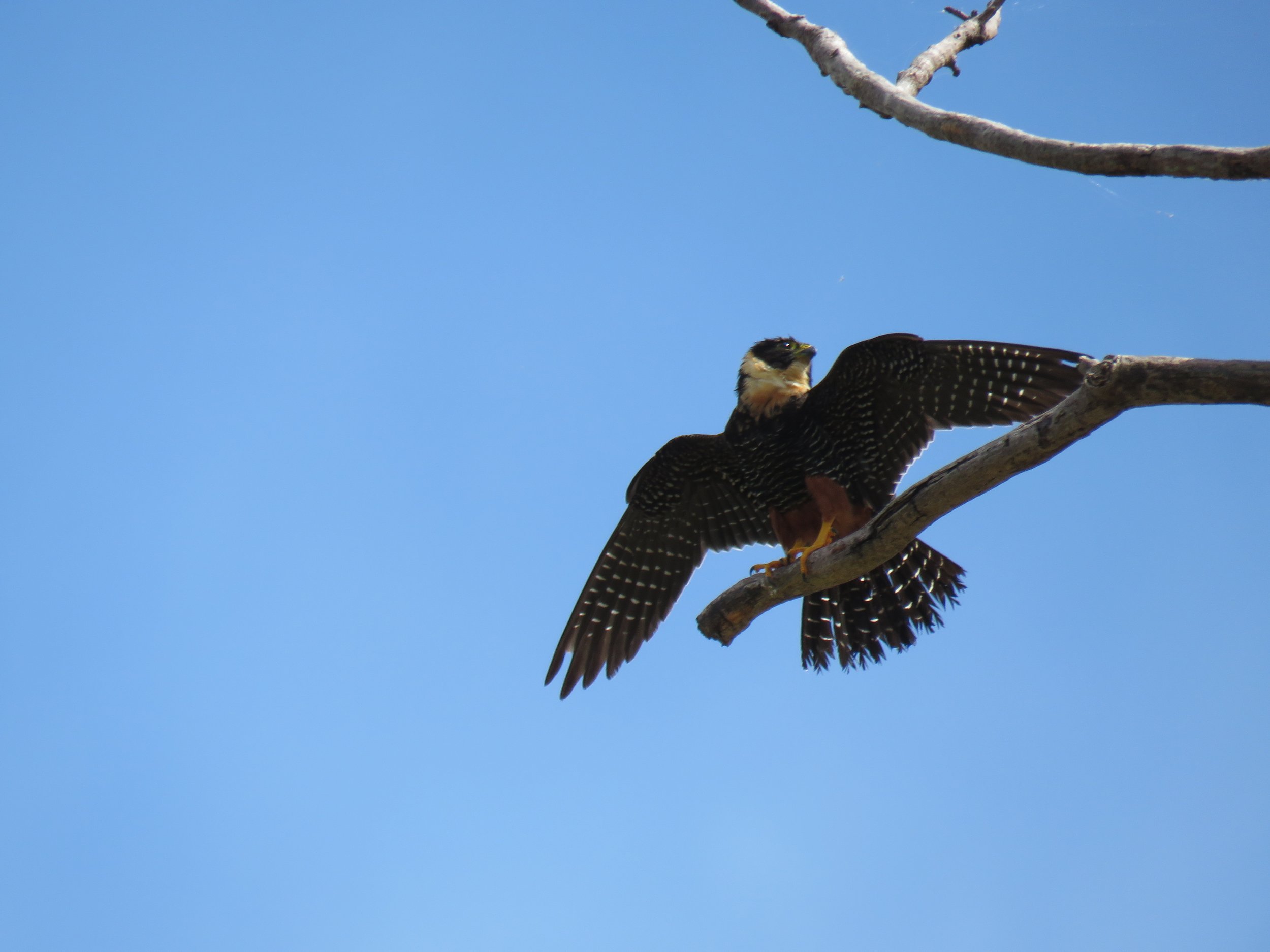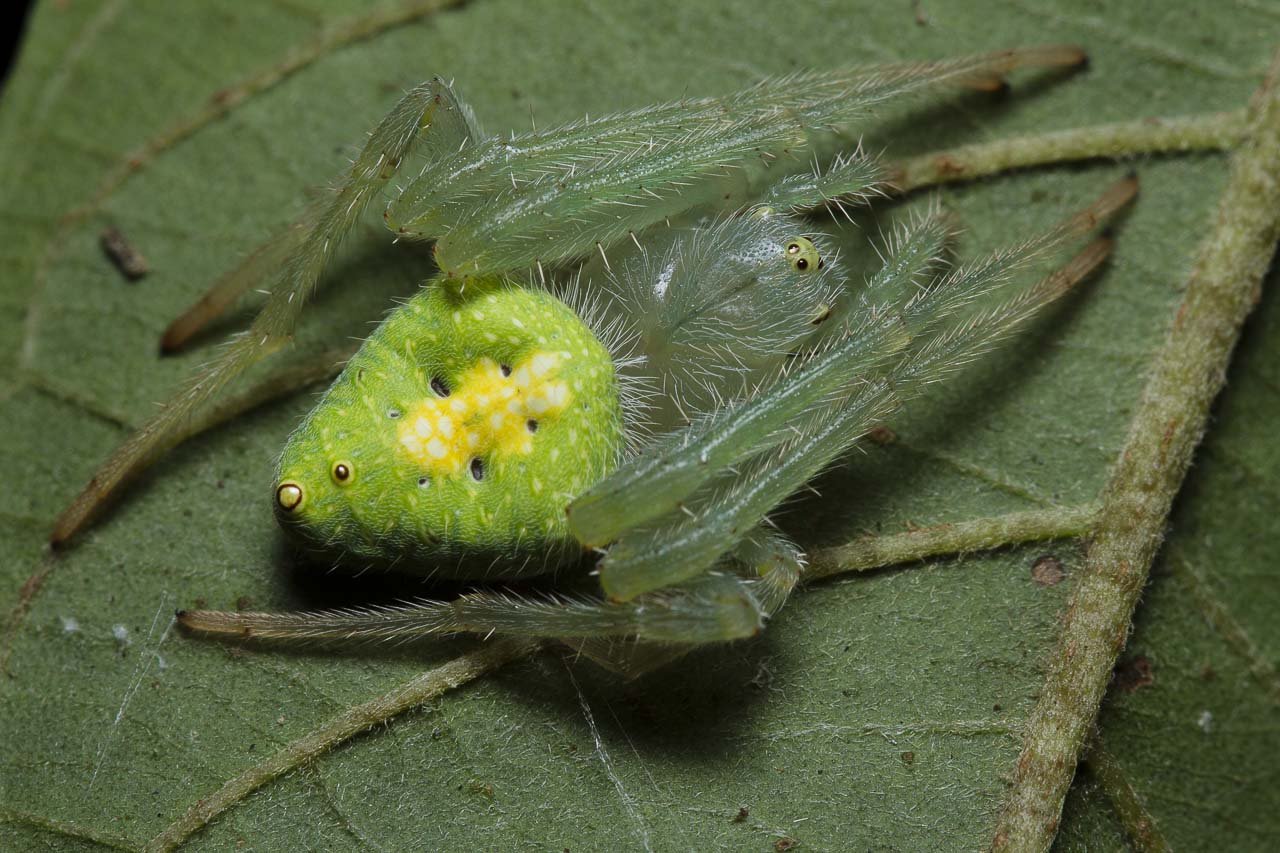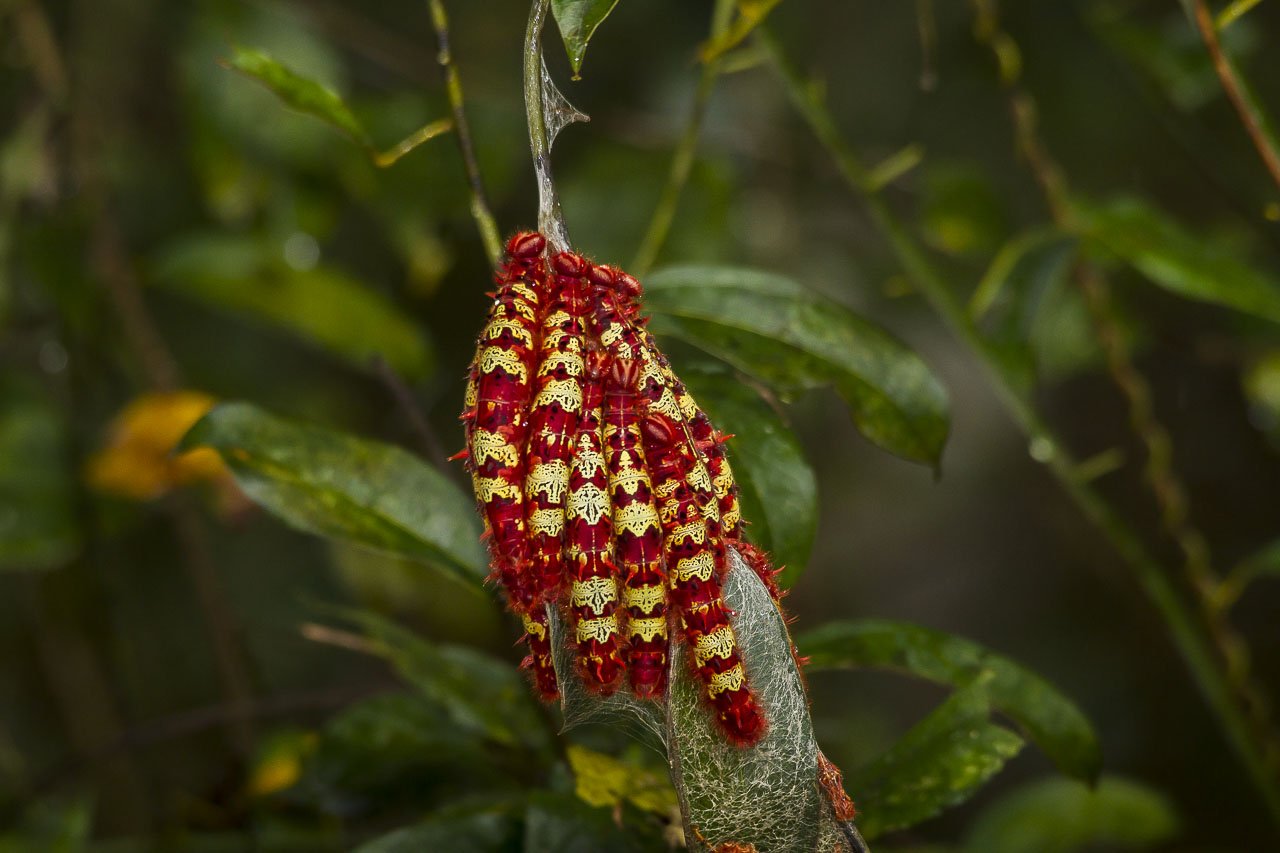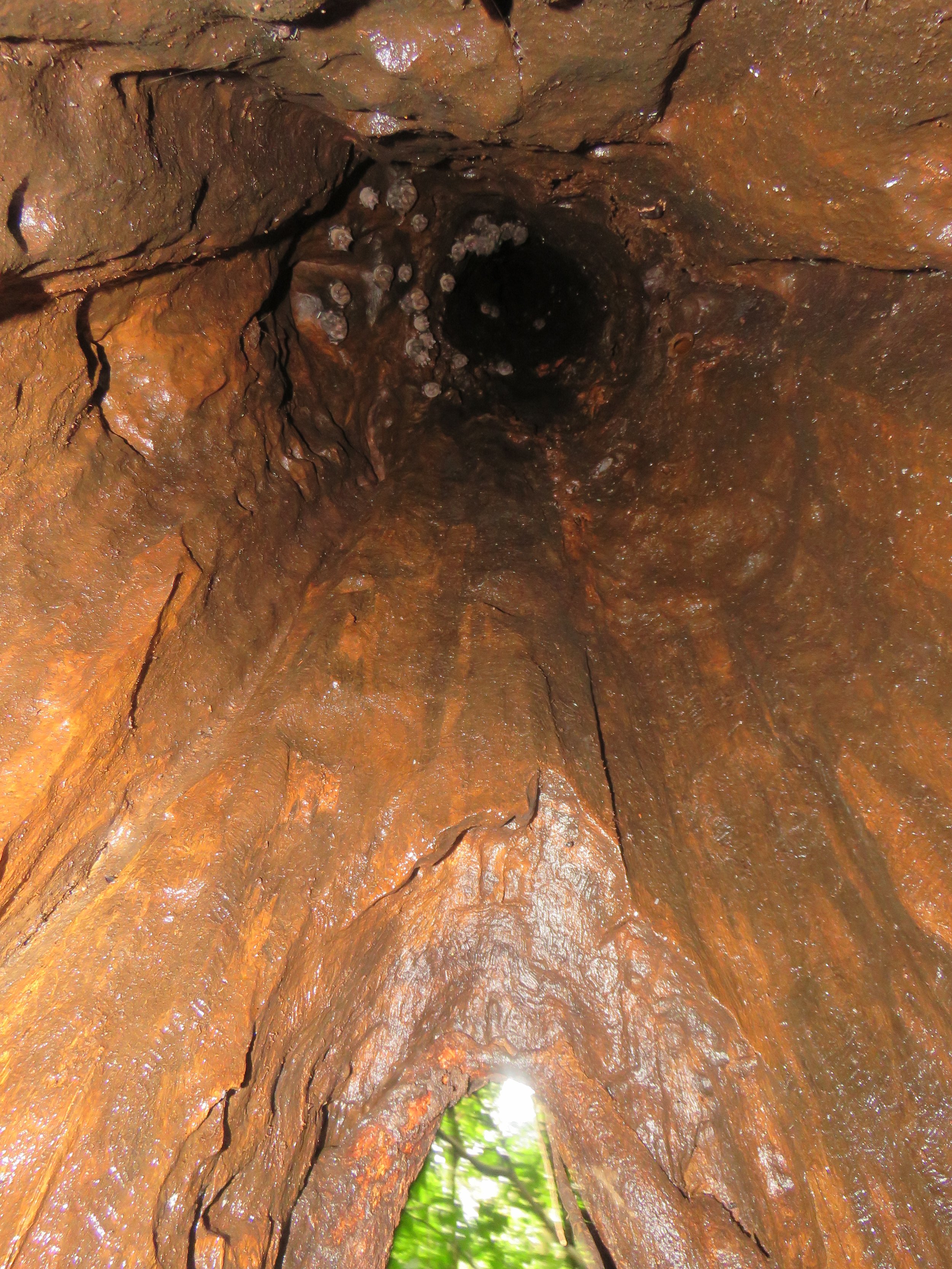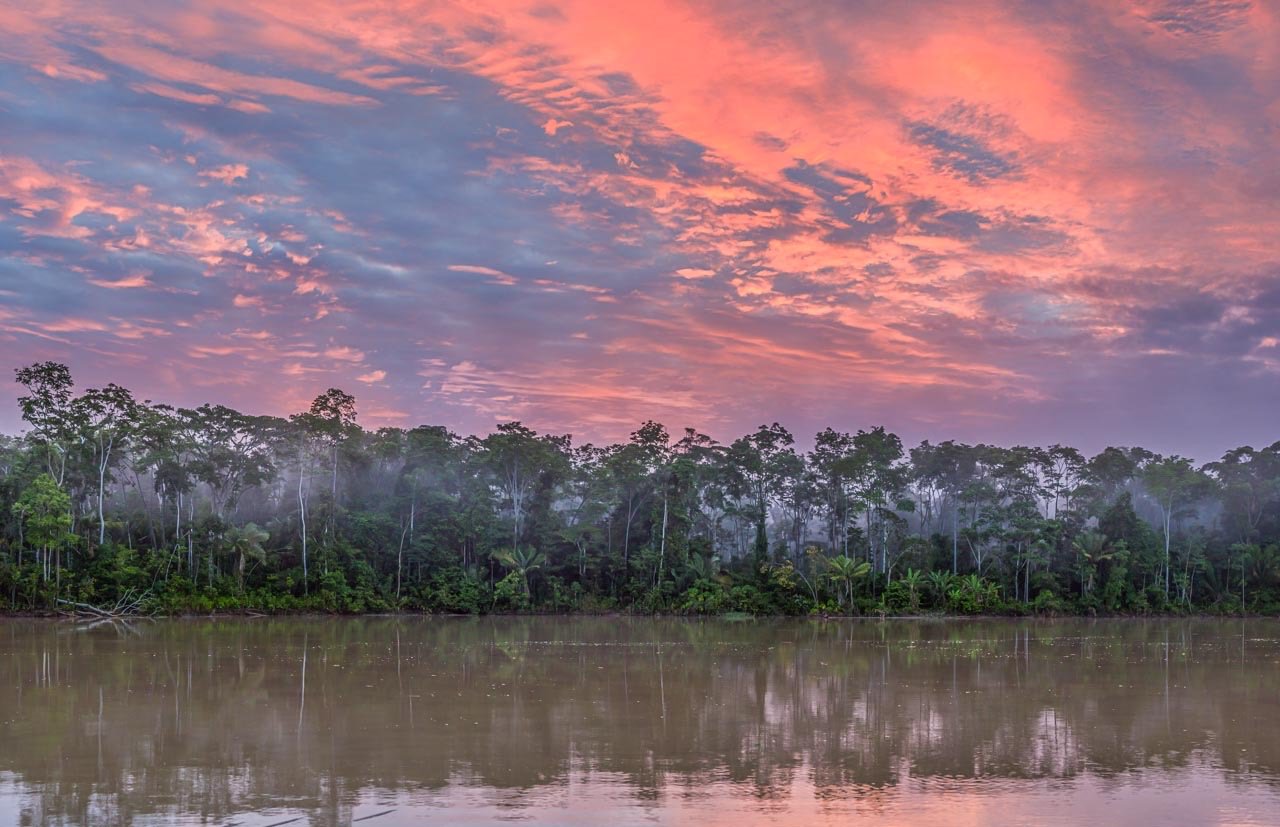
The Expedition
The Science Behind Houseboat Amazon
Maiden voyage on the Rio Eiru!
This expedition was about diving into exploration. It is about shedding preconceived notions of science and adventure, and wrapping all who joined us in the awe that is the daily discovery of the Amazon rainforest.
We started with a museum mystery. In the 1930s, the Olalla Brothers, known for their collection of wild animals for museums, hunted 36 individuals of the now missing saki monkeys. The skins from these monkeys are now preserved in four different museums.
When Houseboat Amazon expedition leader Dr. Laura K. Marsh revised the saki monkey genus [Here (Part I) and Here (Part 2)], she discovered that one species, Pithecia vanzolinii, had not been seen or photographed alive since they were originally collected in the 1930s. They seemed to have vanished from science. All science knew about this species was from the skins and skulls. We could only guess about how they lived, what they ate, and how they fit into their ecosystem.
We had a rainforest detective story!
The journal where Dr. Marsh published her findings.
To discover where these “missing monkeys” were, Dr. Marsh created Houseboat Amazon. During high water season, we sailed a houseboat along the Upper Rio Juruá watershed in western Brazil in 2017, to conduct the first-ever full mammal survey of this remote region, and to search for a monkey that had not been seen alive by science in over 80 years.
Our flagship houseboat and our follow ship, the “Rakel”. We had to bring thousands of gallons of fuel with us – no gas stations in the Amazon!
Dr. Marsh crosses one of many treefalls over an igarape, or stream.
The Houseboat Amazon Science Expedition included an international team of seven wildlife professionals from Brazil, the U.S., Colombia, and Mexico; a Cruzeiro do Sul-based houseboat captain and crew; Brazilian students and scientists; and 145 rural guides.
We lived on rivers among lush, untouched, 100-foot trees covered in their own communities of bromiliads, rainbow-colored poison dart frogs, thigh-thick lianas, toucans and scarlet macaws, oscelots, and roaring howler monkeys. The region where these monkeys were last seen is one of the last bastions of intact rainforest of incredible biodiversity, with the potential of >600 bird, >200 mammal, and >130 amphibian species. The watershed, some 43,000 square miles, does not fall within Brazilian nationally protected habitat.
Pithecia vanzolinii. Female and male. Illustration by Stephen Nash.
Parauacus, or flying saki monkeys, is a genus of monkeys that are medium-sized, quiet, cryptic, live in small groups, have huge canines for cracking hard-shelled nuts, and run so lightly through the treetops it seems like flying—with their fluffy, non-prehensile tails waving behind them.
The target species, Pithecia vanzolinii, are distinctive monkeys like no other primate that might live nearby. They are especially notable for their buffy-colored arms and legs. They were named for Paulo Vanzolini, a famous Brazilian biologist and musician.
Paolo Vanzolini was a Brazilian scientist and composer: The saki monkey studied during this expedition was named in his honor in 1987 as Pithecia (pie-THEE-cee-a) vanzolinii (van-zo-LEE-nee-i).
We conducted surveys to document all of the amazing mammals in the watershed and to search for the missing monkey using four small canoes. We ventured out from the houseboat “floating research base” every day. Each of the team members worked with a local guide in terra firme, igarapes, or flooded and unflooded forest.
Photos by L.K. Marsh
We were engaged in “muddy boots” research involving high-tech activities that called attention to this remarkable species-rich area of the Amazon. We used all kinds of tech in the field and on the houseboat including: GoPros, Nikon and Canon cameras for stills and videos, a Panasonic AC90 camcorder, night cameras, GPS, computers, and drones for searching from above, helping us to identify open waterways and collect video about the uncharted forest canopy. We promoted international collaboration through our excellent social media campaign, which included a wide global audience and made it possible for rural, local, and city school children, students, and the public to participate.
Photos by L.K. Marsh
We did not just look for the target species.
Because there had never been an expedition for mammals, including primates, into this area, our team recorded all kinds of amazing rainforest creatures: caimen, piranhas, anacondas, jaguars, pumas, ocelots, tapirs, capyberra, pink and grey dolphins, otters, twenty species of primates—a total of 80 species of mammals—AND thousands of birds, insects, reptiles, and fish!
A very important part of our survey work involved meeting people in rural communities who were paid as local experts to show us around the forests and rivers. These local guides knew the area well and could tell us about what they hunted for food, what they knew about the animals in the area, and what their lives were like in the villages.
Photos by Marcelo Ismar Santana
We invite you to join us in exploring the amazing findings of Houseboat Amazon!

